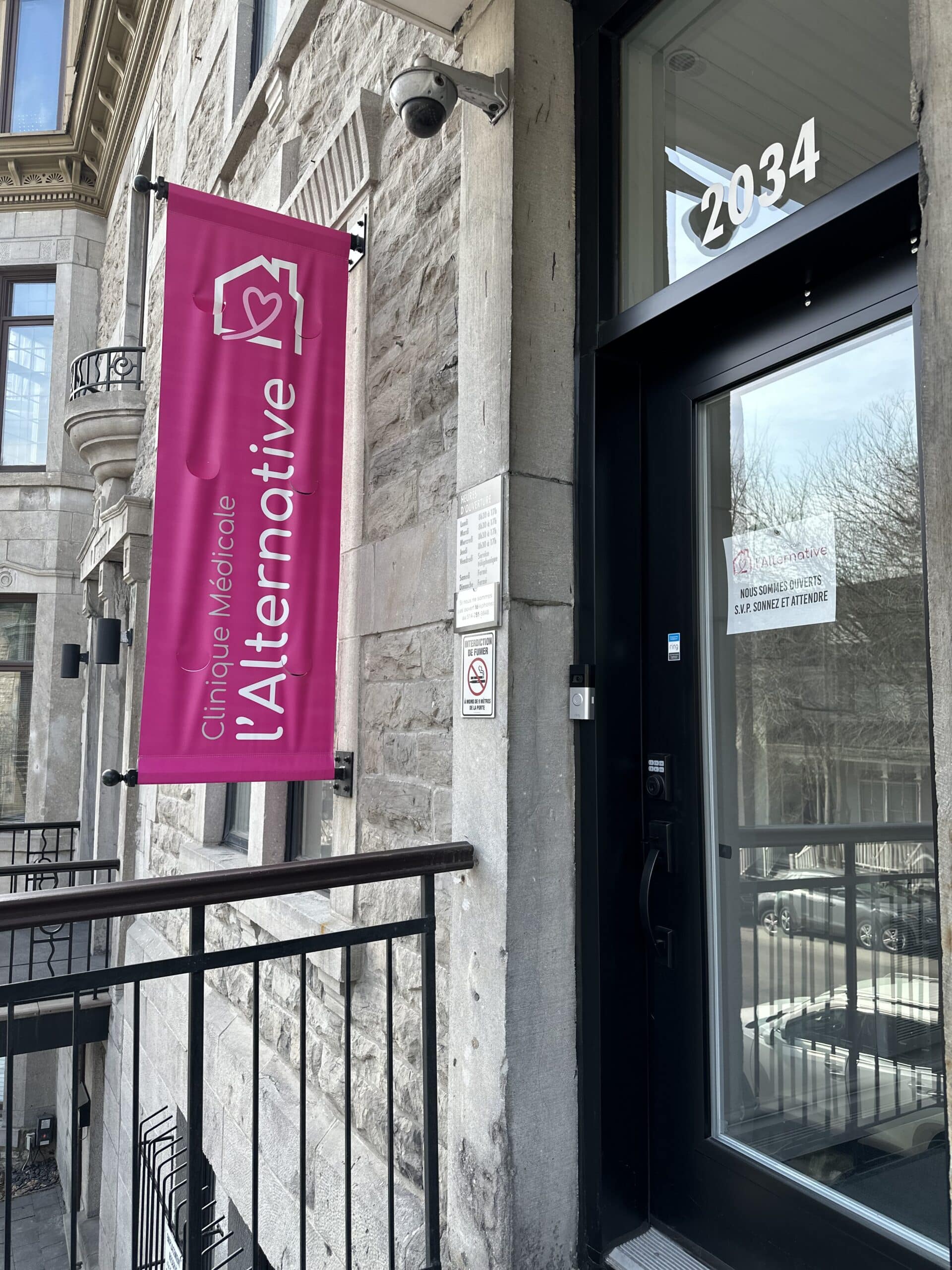
Accueil • Contraceptions • Ligation or occlusion of the fallopian tubes
Female sterilization by means of tubal ligation is a surgical intervention where both fallopian tubes are disconnected. Fallopian tubes are mainly used to transport the eggs from the ovaries to the uterus. This procedure is considered a permanent intervention.
There are two different types of surgical procedures or one day intervention for female sterilization, all practiced by gynecologists.
Fallopian tubes ligation :
Fallopian tubes occlusion :
Contact us
It is one of the most effective female sterilization, but failure to protect against pregnancy can still happen even many years after the procedure. Failure rate varies and depends on the technique used. Make sure to get the most recent data and information from your health care provider before choosing the best and most adapted procedure for you.